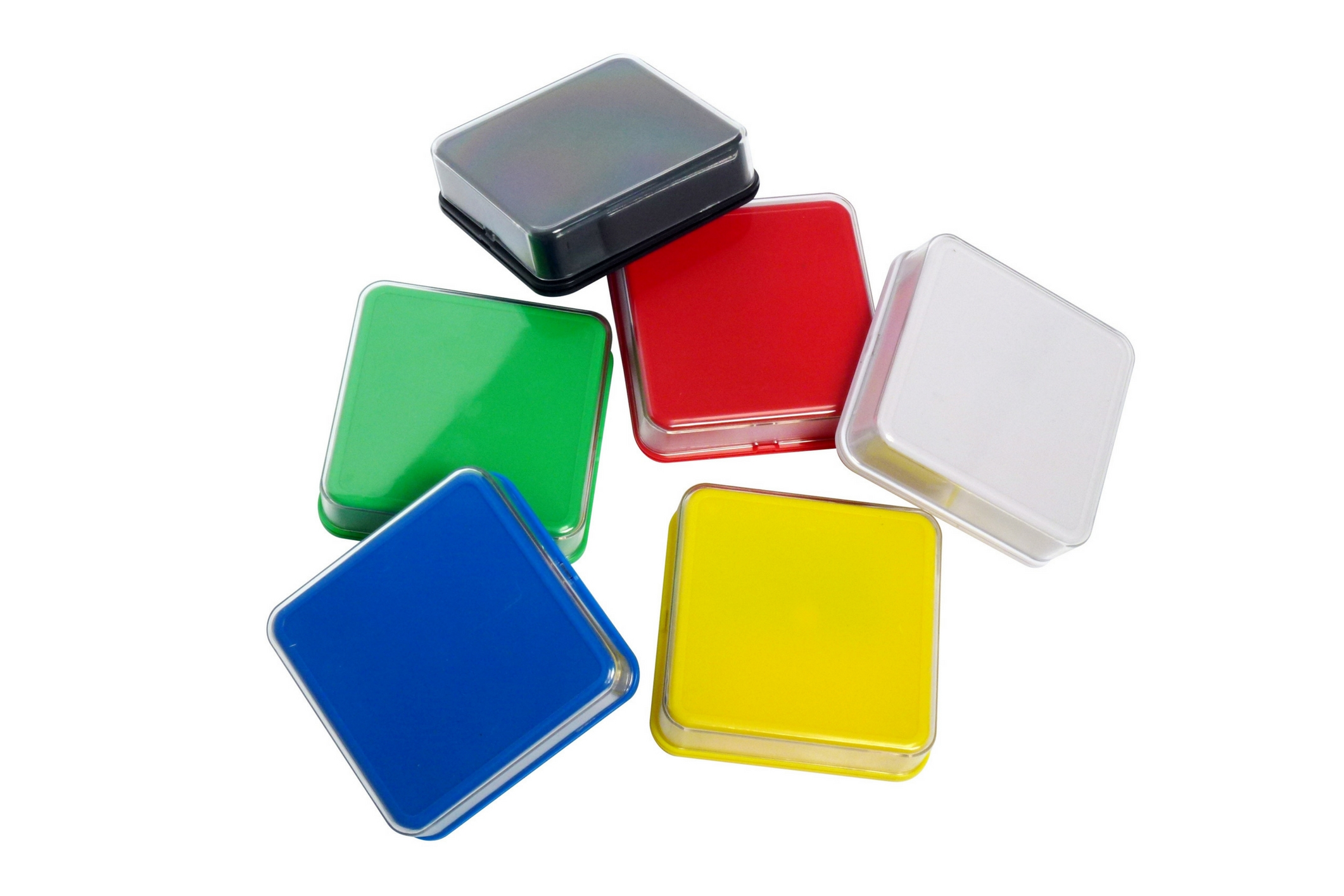BLOG


Speech and Language Therapy Techniques For Children with Cerebral Palsy
Cerebral Palsy (CP) is a very rare congenital disorder, which causes a wide range of health issues within the victims. It is generally diagnosed during infancy or at the time when the child is in the pre-school stage. The Cerebral Palsy is of three types: spastic, athetoid, ataxic, which are not curable. The production of speech, language and gesture for communication is often affected by cerebral palsy and can be multi-factorial, arising from motor, intellectual and sensory impairments. Children suffering from such disorder can suffer mild to severe difficulties in expressing themselves. Speech and language therapy (SLT) services are there so that they can maximise their communication skills and help them become independent in their interactive activities as much as possible. Although speech and language therapy can vastly improve the child’s quality of life, but the treatment should continue on a long term basis. Speech and Language Therapy Techniques for CP victims:
- Augmentative and Alternative Communication (AAC) Devices: Such devices serve as method for non-verbal communication. Children with speaking difficulties like speech delay can benefit from using such devices as an alternative method to express themselves in order to reduce their frustration. The devices include symbol charts, communication aids with synthetic speech that help the affected children to improve their natural forms of communication. Unfortunately, children with Cerebral Palsy (CP) suffer from impairment in their motor function, so sign language might sometimes prove difficult for them. Your children’s Speech-Language Pathologist (SLP) should be able to help them in using an electronic reader device or using picture card system as an alternative medium of communication for them.
- Oral Motor Skills: Every child with CP disorder must have a speech therapist appointed for their individual care. The speech therapist should guide them through exercises programmed to strengthen their oral motor muscles. The exercises generally include tongue curling, blowing bubbles, cheek puffing and some more. These oral motor exercises help improve their muscle tone and increase their control over the muscles needed to deliver speech. Although the speech therapists’ presence is very helpful for your child’s treatment but you are always open for a second option or an additional opinion from the SLPs.
- Articulation: Many children with Cerebral Palsy struggle to articulate words clearly, in that case the speech therapists can be of good help again. Speech therapists might do articulation drills in order to encourage the child to produce the sound they target. The Speech-Language Pathologists are also likely to be able to teach children with CP to manipulate their oral motor muscles and produce each sound. A good communication with Speech-Language Pathologist about speech therapy techniques, that can be done at home, will prove helpful to improve articulation. In addition, you might consider using Speech Buddies for specific target sounds. A few rounds of daily practice with speech buddies can help your children (suffering from CP) learn the proper positioning of their tongue for producing certain sounds.

